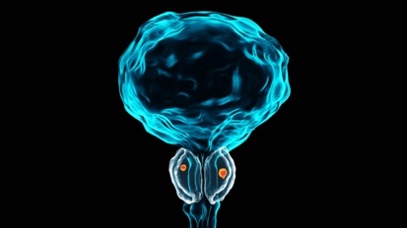Asymmetric Stylet Tip for Biopsy to Improve Needle Deployment Accuracy
TECHNOLOGY NUMBER: 7712

OVERVIEW
Accurate tissue sampling in prostate cancer biopsies.
- Reduces needle bending during firing for precise sampling
- Prostate cancer diagnosis, lesion targeting, false negative reduction
BACKGROUND
Needle biopsy devices are an essential tool in minimally invasive medical procedures to sample tissue from suspicious areas, crucial in diagnosing conditions like cancer. Historically, various imaging techniques, such as ultrasound, have been employed to guide biopsies. However, positioning the biopsy needle accurately, particularly in dense tissues like the prostate, remains a challenge. Traditional biopsy needles often deviate from their intended path, especially in high-density cancerous regions, resulting in inaccurate tissue sampling. This deviation leads to sampling errors, causing under-sampling of lesions, false negative results, and misdiagnoses. Thus, an improved needle design that can consistently navigate through dense tissues to obtain precise samples is necessary to improve diagnostic accuracy and treatment planning.
INNOVATION
University of Michigan researchers have developed an advanced biopsy needle designed for accurate tissue sampling, increasing diagnostic reliability in prostate cancer biopsies. This novel needle is engineered to resist bending forces, ensuring the tip follows a straight path through dense, cancerous tissue, even when fired at high speeds. This design mitigates the common problem of needle deflection, thus reducing sampling errors and false negatives. The technical advancements of this approach enable highly precise targeting in MRI-ultrasound fusion-guided biopsies, enhancing diagnostic accuracy. Real-world applications include improving prostate cancer diagnosis, more accurate lesion targeting, and reducing false negative results, ultimately aiding in better patient outcomes and treatment plans.
ADDITIONAL INFORMATION
INTELLECTUAL PROPERTY:
PCT/US2019/065359 "Systems and methods for performing tissue biopsy"